On a recent trip to Melbourne, Australia, I decided to drop by several of the city’s fine analog photography shops, including Film Never Die store on Bourke Street, a stone’s throw from Southern Cross Station in the city’s center.
Film Never Die, apart from a selection of analog cameras in excellent condition, its photo lab, and film stocks, contributes to the analog film community by offering its own intriguingly named IRO200 color negative 35mm film—intriguing as iro (色) is the word for color in Japanese. I decided to buy a few rolls and give it a try.
So what is IRO200? Peeling off the label from the film case reveals that it is in fact FujiFilm Fujicolor C200. Fujicolor C200 no longer appears to be widely available in Japan, and although I might be mistaken, I suspect that Fujicolor C200 has fallen victim to one of the series of FujiFilm’s culling of its 35mm film lineup. Perhaps someone could confirm this for me. Film Never Die’s rebranded version might be the last vestige of availability of the Fujicolor C200 stock.
Color negative film has never really been my thing. I find the colors too subdued of even excellent stocks like Kodak Portra and Ektar. I have also never particularly cared for the grain that is often inherent to these. When choosing to shoot a color film, I usually reach for the now discontinued Fuji Velvia 50 slide film for its vibrant colors and fine grain. But hey, it never hurts to try something new.
I did not shoot the rolls in Melbourne, but rather brought them back to Japan, which I call home. I waited for a sunny morning in Tokyo and shot a test roll before heading off to my first business meeting of the day. Below are five frames shot with my Leica M3 affixed with a fourth generation Leica Summicron-M 50mm f/2 lens. In my view, the IRO branding is apt for Film Never Die’s color negative stock, but judge for yourself. There are other examples of Fujicolor C200 on 35mmc here and here.
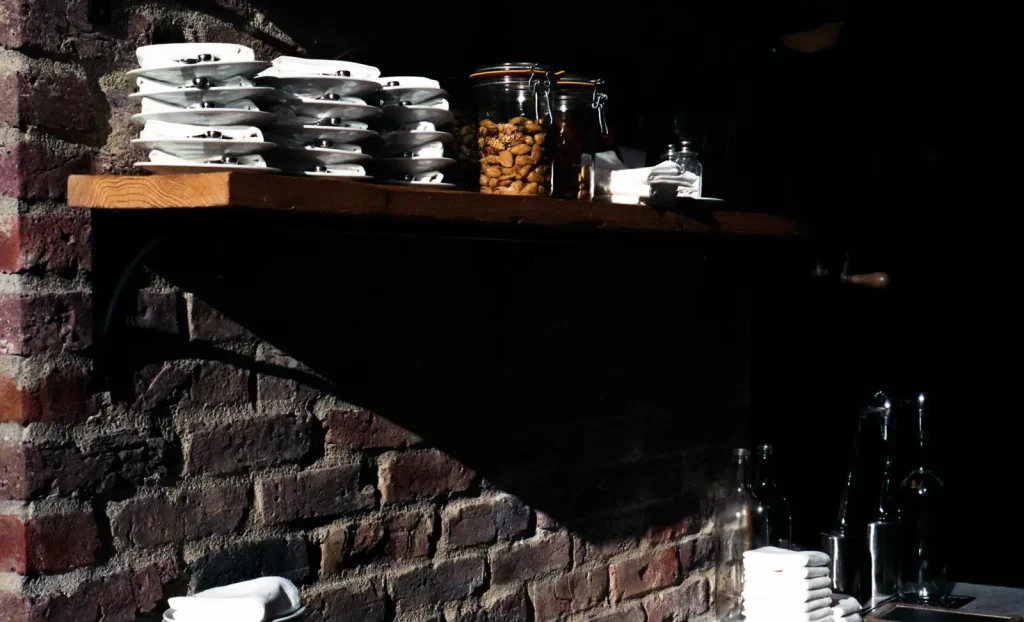
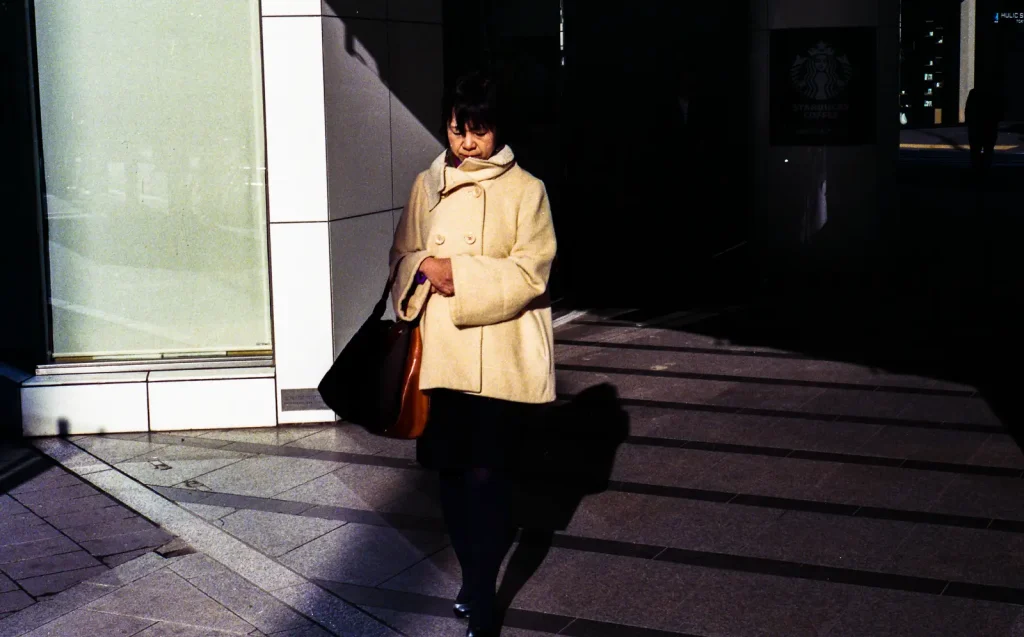
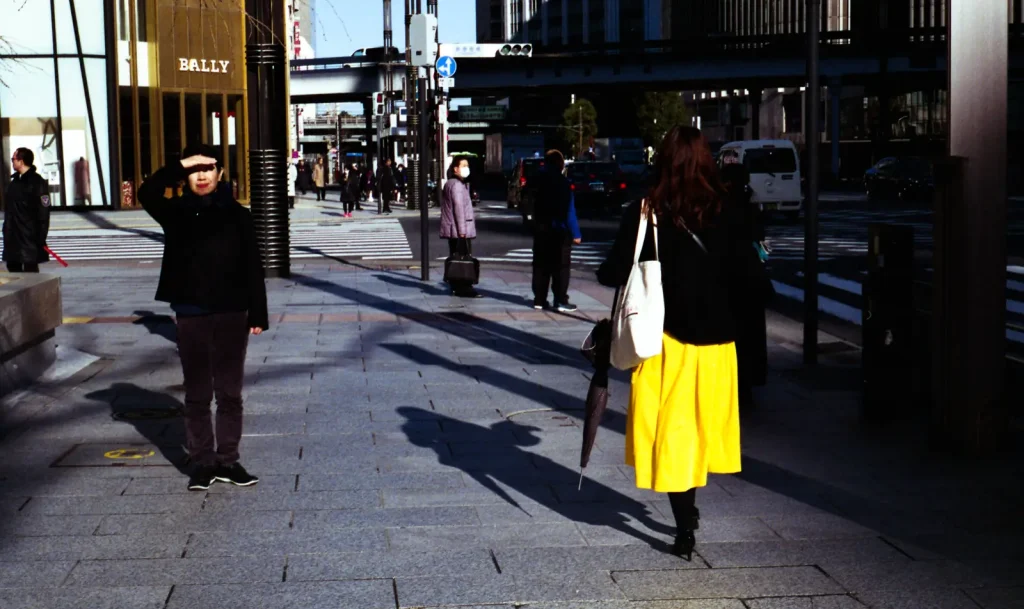
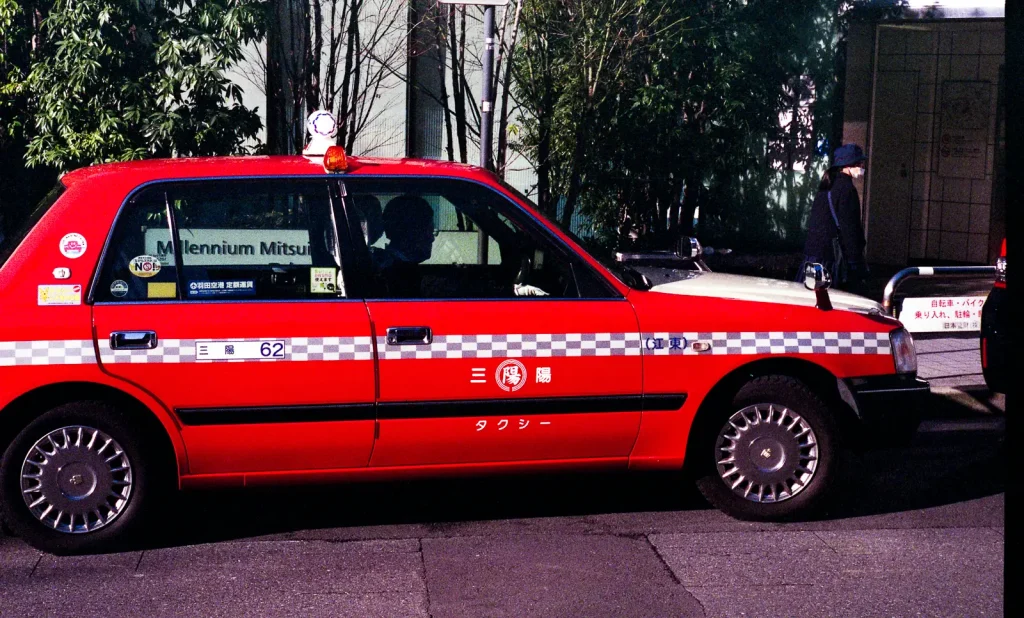
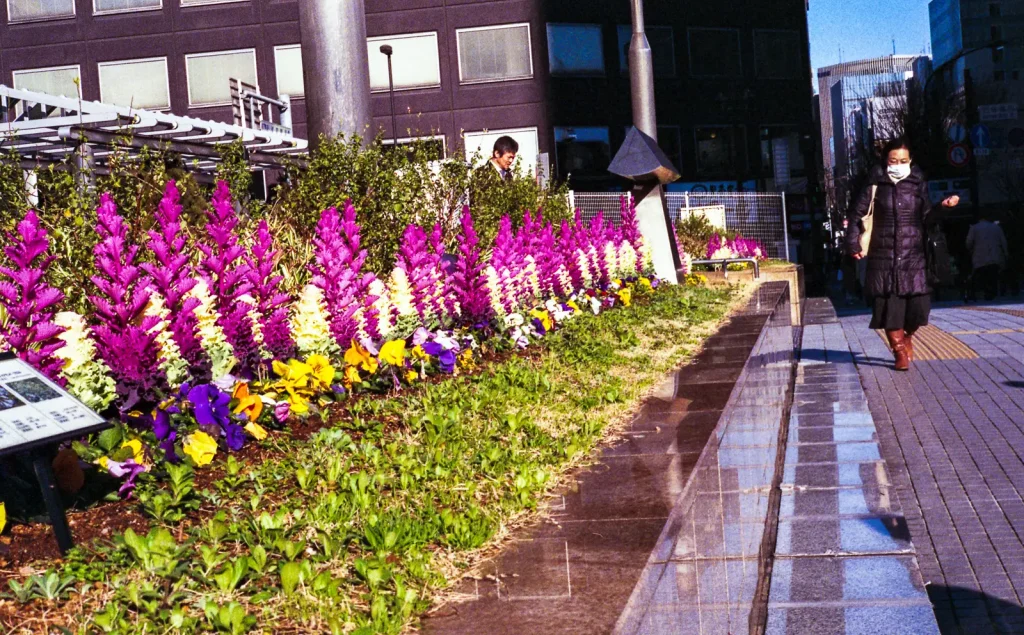
I am a street photographer who lives in Japan. If you would like to see more of my work, have a look at my website bleisteinphoto.com, or my Instagram @sbleistein
Share this post:
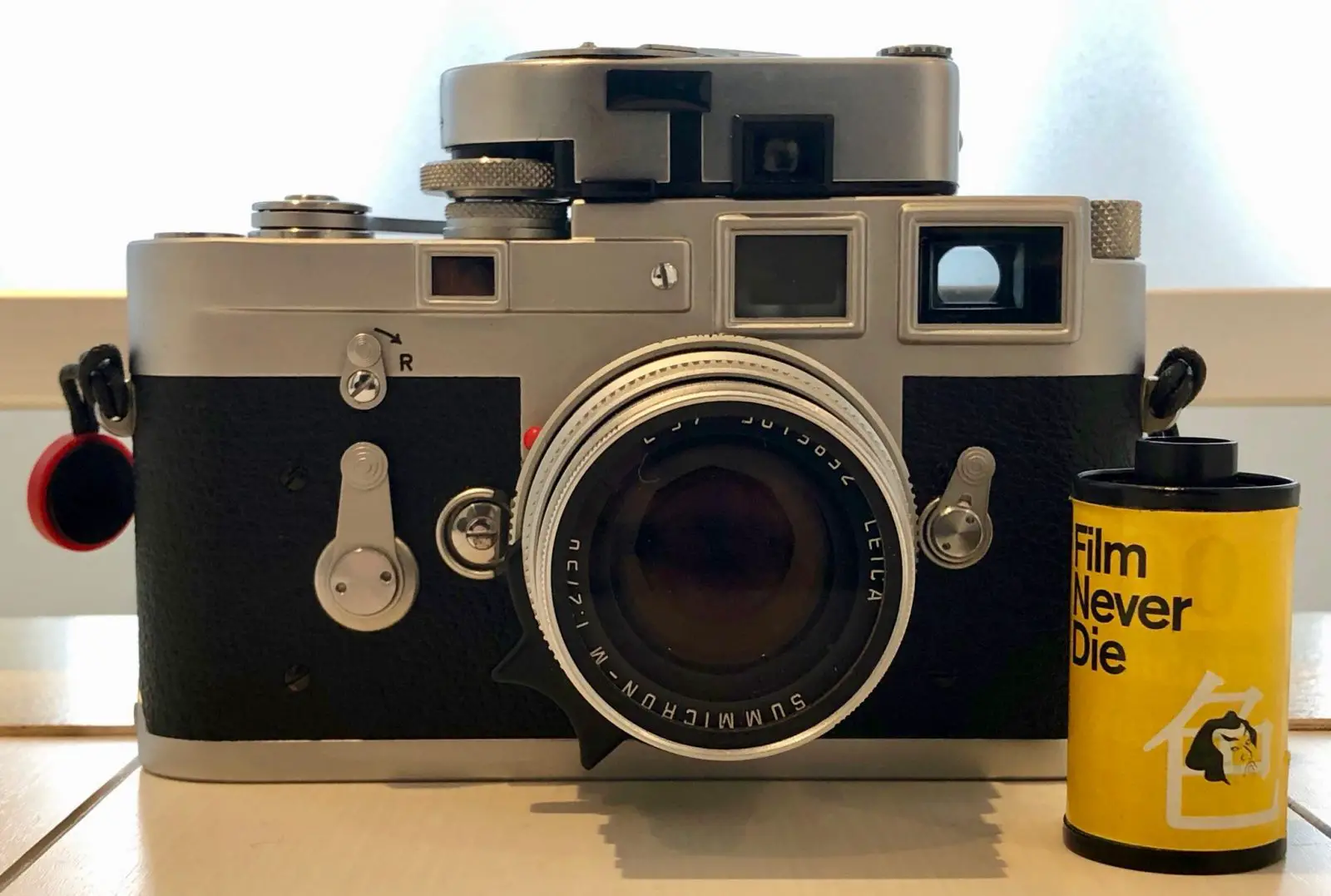








Comments
Terry B on 5 Frames with Film Never Die IRO200, a Leica M3, Leica Summicron-M 50mm f/2 – By Steven Bleistein
Comment posted: 14/04/2019
Comment posted: 14/04/2019
Comment posted: 14/04/2019
Comment posted: 14/04/2019
Comment posted: 14/04/2019
Jeffrio on 5 Frames with Film Never Die IRO200, a Leica M3, Leica Summicron-M 50mm f/2 – By Steven Bleistein
Comment posted: 14/04/2019
Comment posted: 14/04/2019
r_kt on 5 Frames with Film Never Die IRO200, a Leica M3, Leica Summicron-M 50mm f/2 – By Steven Bleistein
Comment posted: 14/04/2019
Comment posted: 14/04/2019
Comment posted: 14/04/2019
Mek on 5 Frames with Film Never Die IRO200, a Leica M3, Leica Summicron-M 50mm f/2 – By Steven Bleistein
Comment posted: 14/04/2019
Fuji C200 is still available in Thailand as well you can buy it new pretty cheap (4-5 us dollar),slightly more expensive than Kodak color plus.
i never shoot IRO200 and C200 side by side but i think i gave slightly different color
... But people are always confused when they peel off the outer lay on IRO and see C200 catridge.
I think Film never die they reuse the catridge of C200.
Comment posted: 14/04/2019
Comment posted: 14/04/2019
Comment posted: 14/04/2019
Comment posted: 14/04/2019
Comment posted: 14/04/2019
Comment posted: 14/04/2019
Scott Edwards on 5 Frames with Film Never Die IRO200, a Leica M3, Leica Summicron-M 50mm f/2 – By Steven Bleistein
Comment posted: 14/04/2019
Comment posted: 14/04/2019
Mike on 5 Frames with Film Never Die IRO200, a Leica M3, Leica Summicron-M 50mm f/2 – By Steven Bleistein
Comment posted: 14/04/2019
Comment posted: 14/04/2019